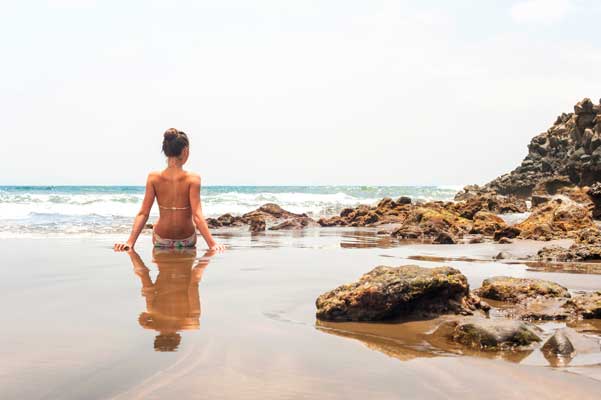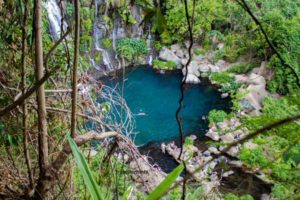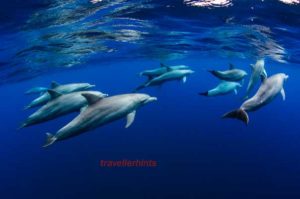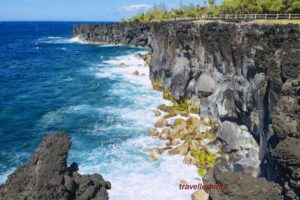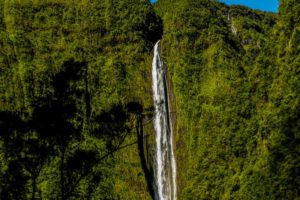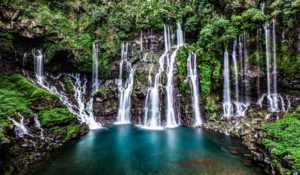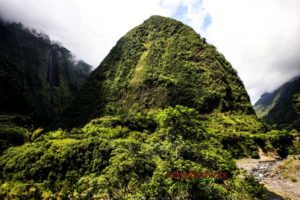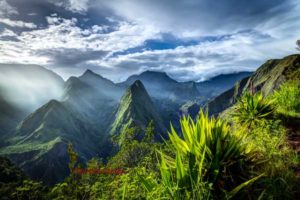Reunion climate-Clothing.
Being a tropical island, La Reunion has a warm climate all year long. The island is located on the South hemisphere and therefore, seasons are the opposite of Europe.
It is important to understand that because of the shape of the island, La Réunion has a lot of microclimates. The West coast is dry, whereas the East coast and the hills are wetter as clouds coming mostly from the East are “stuck” by the relief of the island.
The island has two seasons :
From November to April, it’s summer, the rainy season, with a warm and humid weather. The peak is in January/February. It is during that period that cyclones are more likely to hit the island. It is also during this period that waterfalls and vegetation are at their best!
Importance of Reunion climate-Clothing
From May to October, it is “winter”, cooler and drier with the coolest period in July/August. The temperatures rarely goes under 20° on the coast though. in the countryside (called “les hauts” – the heights), temperatures are lower than in the coastline and the difference can be quite impressive. No wonder why Reunionese families tend to flee the heat of summer wherever they can by going inland.
Water temperatures : just like air temperatures, the water temperatures are clement all year long and usually goes from 22 to 30°. It varies slightly from site to site, water of lagoons being often warmer than open sea beaches. Waters from rivers, waterfalls and natural pools are much cooler though.
Clothing Wise, lightweight clothing in breathable fabrics such as cotton or linen are recommended, along with light jackets or sweaters if you are visiting hillside or mountainous areas.
If you wish to do some hiking, good walking shoes, hat, sunscreen, shades and raincoat is a must have! A sweater is also a good idea if you are hiking inland. Some parts of the island are quite high and therefore temperatures can go very low. Bring warm clothing if you intend to stay at altitude.
Indeed, La Reunion has known a few episodes of snowing in the last couple of decades. Of course, snow is delimited around the volcanoes areas (Piton Des Neiges and La Fournaise)and Le Maïdo.
 TravellerHints!
TravellerHints! 